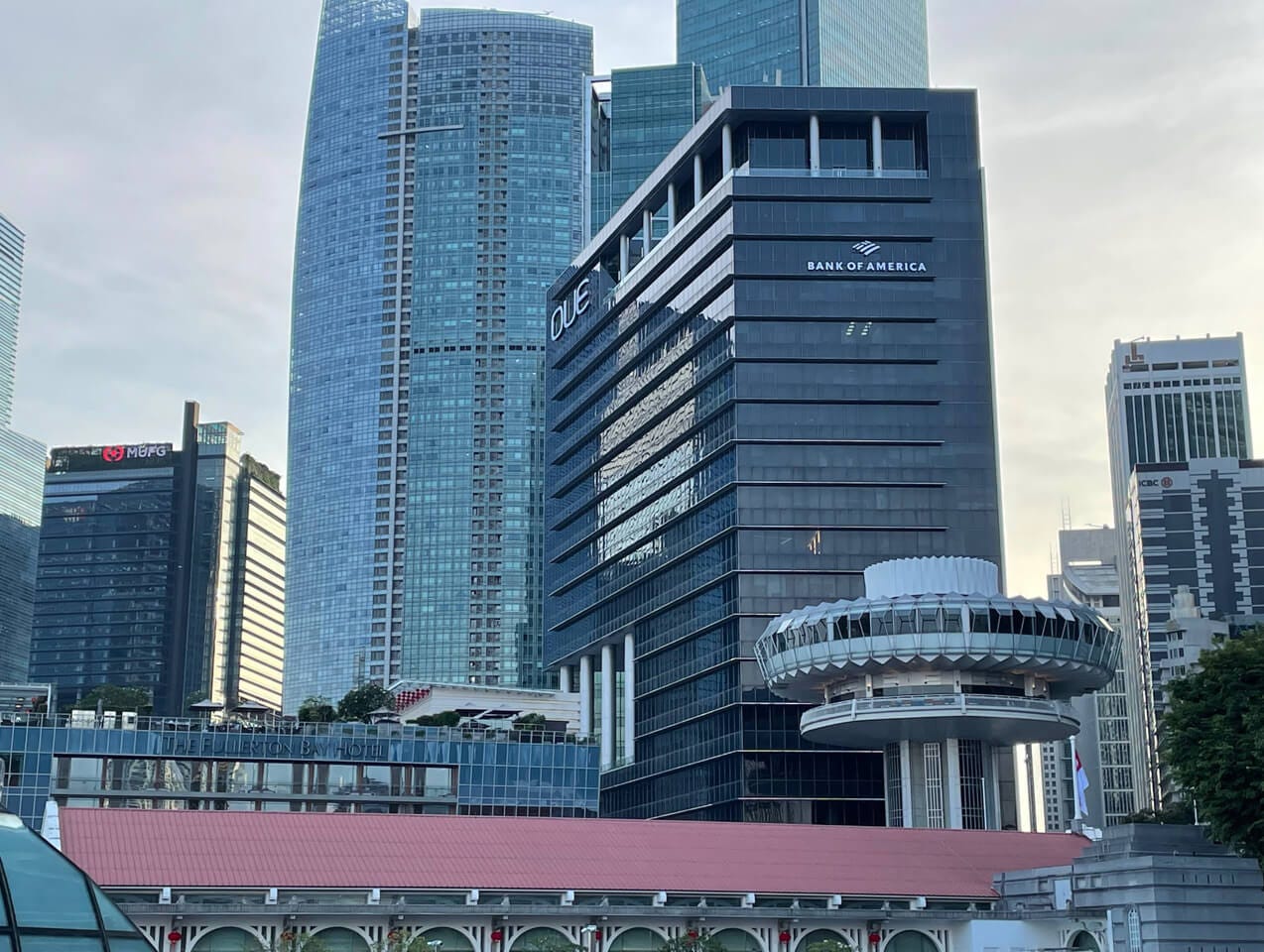In the late 1960s, a group of Wall Street megabanks set out to build the Asian dollar market. Rapid economic growth and greater participation of multinational corporations in Asia prompted major foreign currency flows into the region, most of which (as usual) were U.S. dollars. Taking advantage of Singapore’s lenient laws after its recent independence, executives from Bank of America negotiated a deal with Singaporean leaders, granting the U.S. megabank the power to borrow and lend offshore dollars cheaply and efficiently. The “Asian dollar market”, a bare-bones replica of the parallel Eurodollar market, was about to materialize.
At the time, Tokyo and Hong Kong had grown into the major international banking centers of Asia. Yet Singapore became Wall Street’s choice as a pipeline to funnel in dollars from the West. The Japanese, despite creating the most advanced banking system, had discouraged offshore dollar business via strict exchange rate controls. Meanwhile, Hong Kong had prevented itself from becoming a dollar banking center by imposing a 15% transaction tax on interest paid to foreigners. Instead, looking for the most attractive Asia-Pacific hub, U.S. banking giants found Singapore’s increasing urge to deregulate finance as the dealmaker. From eliminating stamp duties to reducing taxes to lowering banks’ reserve requirements, the Singapore elite gave Wall Street and the rest of global finance a clear message: The small island nation was desperate to become Asia’s major dollar center.
As the 1970s passed, many other financial behemoths active in global dollar markets obtained full or partial banking licenses from the MAS (Monetary Authority of Singapore). In exchange for accepting the costs of potential liquidity crises, officials allowed over fifty banks — with headquarters ranging from Tokyo to New York — to set up Asian Currency Units (ACUs): independent bank branches that engaged mainly in offshore currency transactions, recorded on a separate set of books. These “ACU banks” combined to form a leaner version of the Eurodollar system, where banks raised unsecured dollars outside the U.S. (by convincing depositors to place their funds in overseas branches), lent out these dollars and profited from the spread.
The offshore dollar market had thus evolved into two parts: the Eurodollar market and the Asian dollar market, identical in functionality but different in accessibility and location. Most available via London banks (so-called Eurobanks) but also Asian dollar bank branches (ACUs), U.S. dollars were then channeled to other international banking centers in need of funding. Acting as dollar plumbers, globally active banks borrowed money over short periods and lent it out over longer periods, in what’s called “maturity transformation”. The interest rate to borrow Eurodollars short-term was cheaper in some markets than the rate earned from lending in others over longer periods. The larger the spread between borrowing and lending, the greater the profit. Dollar plumbers were therefore consistently on the lookout for the widest spread possible, which usually arose from engaging in “regulatory arbitrage”: exploiting loopholes closest to the boundaries of legality for the highest returns. Coincidentally, Eurodollar transactions in the Asian dollar market were some of the most lucrative.
Compared to today’s eurodollar markets, the Asian dollar market in the 20th century was a thriving marketplace. The GFC (Great Financial Crisis) in 2008, however, prompted the global regulatory establishment to declare war on unsecured lending, not only in Europe but also in Asia. Let’s explore the evolution and subsequent devolution of the most arcane money market globally: the Asian Eurodollar system.




